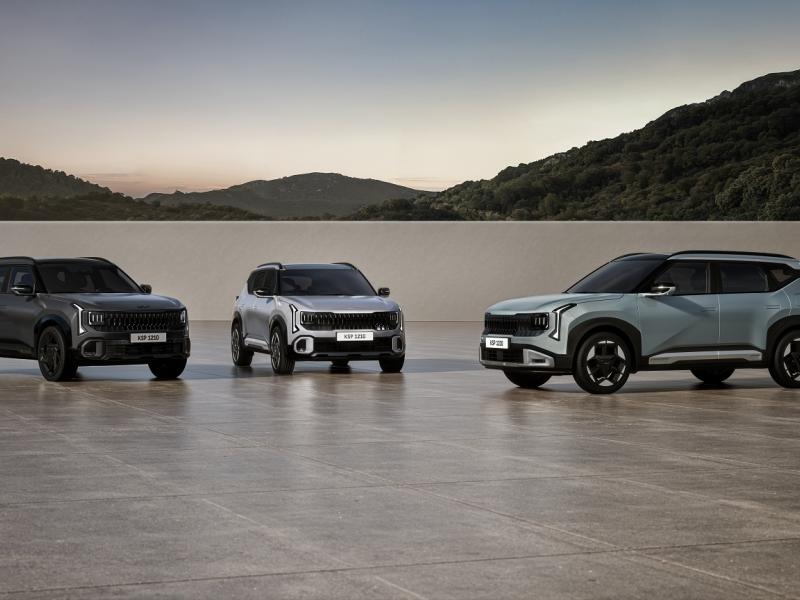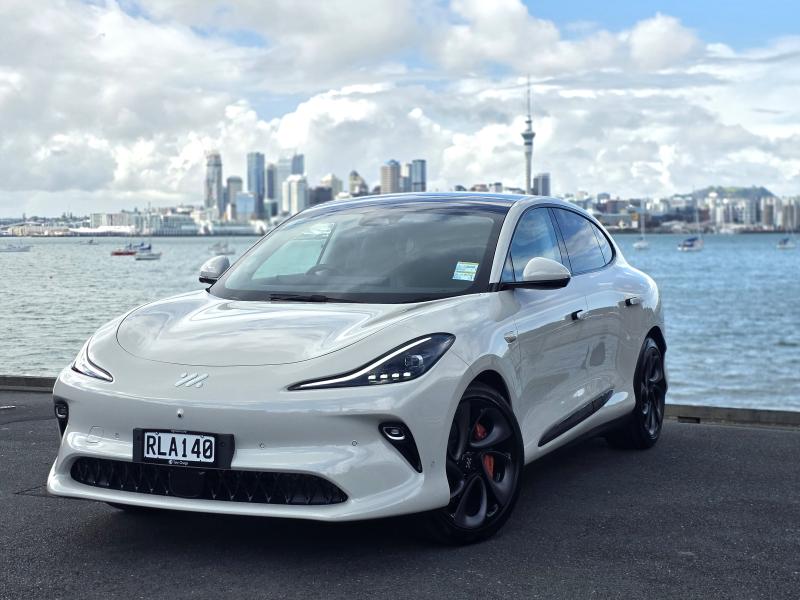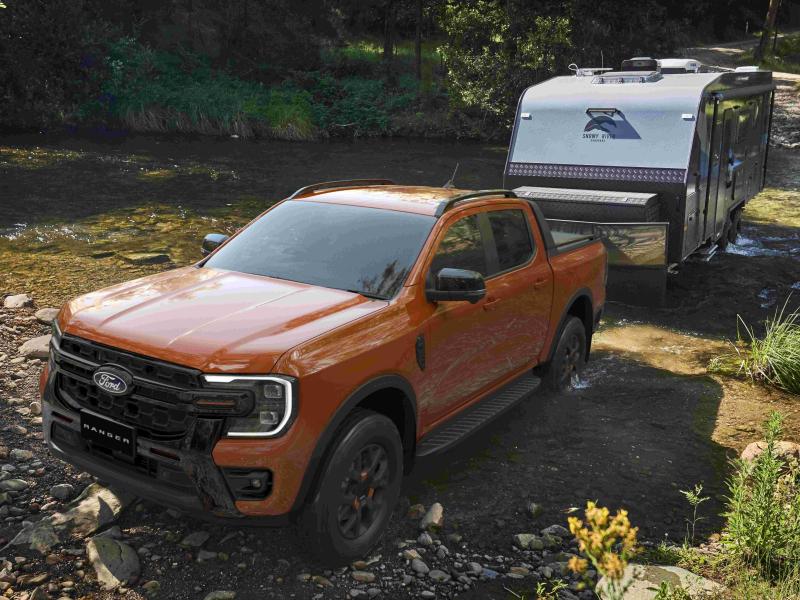For 2019, Suzuki is on a roll, with two hero products being launched in the first quarter – the first being the vehicle you see before you. The second is the oddly, highly anticipated Suzuki Jimny, a recreational rig that stands to gain a few more fans from the last time around.
For now, we’re taking a good gander at the 2019 Vitara Turbo, and it seems like only yesterday we tested its predecessor.
This was enthusiastically charming, while being more than willing at the same time, so what’s changed?
What we have with Vitara is a five-seater SUV that sort of isn’t – quite – by virtue of a reasonably tame 185mm ground clearance, and a lower than most ride position, despite its 17-inch alloys.
You sit taller than you would in a conventional sedan, but not to the point of being overbearing. This is a ‘blend into the background’ sized vehicle.
Of course, the colour schemes Suzuki has imbued the latest Vitara with, tell another story. We thought the previous electric blue (not available in this generation) was pretty out there, but Solar Yellow takes it to a whole new level.
Suzuki hasn’t mucked about with the engines. Good. There was nothing that needed fixing there that we could see.
The 2WD JLX model with its 1.4-litre, direct injection BoosterJet turbo engine and conventional torque converting auto ‘box sips 6.2 litres per 100km while the also auto AWD is more of a drinker at 6.5, not enough to warrant a call to the AA (Alcoholics Anonymous) for a problem, though.
The previous turbo Vitara interior was clearly designed by someone with boy racer – sorry, enthusiast tendencies.
The enthusiast interior designer has clearly been sent to his room and it looks like Dad’s had a bit of input into the interior now. It’s much more grown up and sensible, which some may think would reduce the Vitara’s playful spirit. It hasn’t.
Nor has the addition of tech for the turbo model, which now gains rear cross traffic alert (wide beam), lane departure warning (subtle), weaving alert (that was different), blind spot monitoring (not going to argue, but the Vitara’s blind spots are pretty hard to find), a brilliant reverse camera (why can’t they all be this good?) adaptive cruise control and dual sensor brake support (what?).
DSBS is Suzuki-speak for collision mitigation. The system uses a camera and laser to detect objects in front of the vehicle, sounding an audible alert and displaying a collision icon on the supervision cluster. You don’t need to be running the adaptive cruise control for it to work either.
The new Vitara also gains satellite navigation with voice command – which means you can correctly assume Bluetooth telephony and Apple CarPlay/Android Auto.
The MacPherson front and torsion beam rear suspension is a durable combo and a good one for the AWD model, as it will be expected to do some lightweight four-wheel-drive work.
It’s not as sophisticated as a multi-link rear, which would possibly make the Vitara come across as being too soft, but there is a slight trade-off. This in the form of a coarser ride than you would find in SUVs that are really jacked up cars and trying to be all things to all buyers.
Seat adjustment is all manual and is sadly required to accommodate the notional five people the Vitara claims to seat. Backseats are cosy for adults with the centre seat giving little in legroom by virtue of the centre console intrusion. The adjustable headrests, on the other hand, are brilliant – as is headspace for all occupants.
The boot – when in passenger configuration – is moderate, but it has a false floor arrangement that is quite generous below the waterline. You can’t go to a full flat fold seat at the rear either, but the upside of that is, at least the seats are comfortable, just as they are up front.
Can Suzuki improve the Vitara again without compromising the lovable SUV-esque vehicle it is? Happily, yes. Vitara could stand at least another two facelifts with changes enough to make it viable to do so. Does this mean the current model is lacking anything?
No, it merely shows that Suzuki knows what it’s doing in terms of being economically intelligent and yet, maintain its ability to deliver a desirable, practical, safe and reliable vehicle. Isn’t that what you want from an automaker?
The new generation Vitara comes out to play in its top end turbocharged 2WD form – at $34,790. The range starts at $27,990 for a 2WD manual with an AWD model coming over the sand at $33,990.






